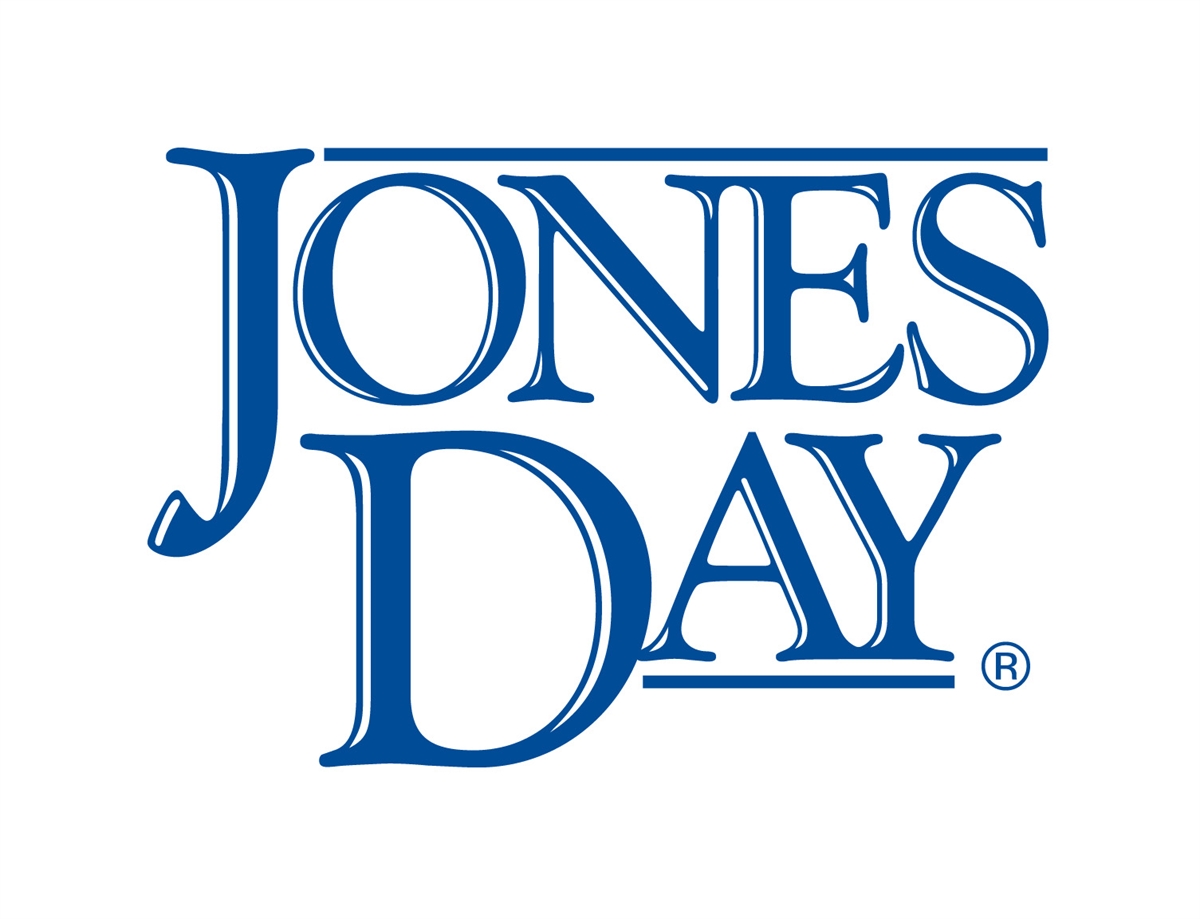Should the Experimental Use Exemption Be Broadened to Include More? | Fish & Richardson
On the 28th of June 2024, the United States Patent and Trademark Office (USPTO) requested the public’s opinions on the current status of the common law exception to patent infringement for experimental use and whether legislative action was needed to enact an exception statutory (89 FR 53963). AIPPI, the International Association for the Protection of Intellectual Property (AIPPI), was also looking into this issue. A report was prepared based on submissions made by various countries. The Standing Committee on Pharma, AIPPI, released a report summarizing its findings on October 25, 2023. Below is a summary of the investigation, as well as a brief summary of how different countries handle the experimental-use exception. United States
The experiment use exception to patent infringement originated in Whittemore V. Cutter, 29, Fed. Cas. 1120 (C.C.D. Mass. 1813). The defendant has the burden of proof on an affirmative defense. Cir. Cir. Cir. Cir. Cir. Cir. Cir. Cir. Cir. Cir. 2002) (quoting Embrex, Inc. v. Service Engineering Corp., 216 F.3d 1343, 1349 (Fed. Cir. 2000)). The exception does not, however, “protect use
which is commercial in nature”, nor “any conduct in keeping with an alleged infringer’s legitimate business.” 1362. The exception is still in place, but “in a very restricted form.” At 1360. The Hatch-Waxman Safe Harbor (35 U.S.C. SS 271(e).1) are also protected. It is unclear if this protection extends to experimental use exception.
In a seminal case, Roche Products, Inc. Cir. The Federal Circuit held in 1984 that the defense was not applicable and that Bolar had violated a Roche Patent. Bolar used the patented Roche drug prior to the patent expiration date to prepare a Food and Drug Administration application to allow it to market its version of the patented drug once the Roche patent expired. Hatch-Waxman’s safe harbor overturned this decision. Merck KGaA v. Integra Life Sciences I, Ltd., Merck KGaA v. Integra Life Sciences I, Ltd., Merck KGaA v. Integra, 545 U.S. 195, 205 (2005), the Hatch-Waxman Safe Harbor does not exempt basic research, so essentially any experimentation with a patented product can be subject to infringement allegations. In Madey, Roche, or Embrex the accused use was undertaken for distinct commercial purposes, and not to improve or advance the patented invention. The laws are consistent in two areas: (1) the use a research tool does not qualify as an exemption, Proveris Sci. Corp. v. Innovasystems, Inc, 536 F.3d 1256, 1265 (Fed. Cir. Cir. Amgen, Inc. v. Hospira, Inc., 944 F.3d 1327 (Fed. Cir. 2019).[of a patented invention]2. AIPPI
The AIPPI position adopts in its essence the conclusions stated in the Tokyo Resolution 3.2,3.3. The defense allows for testing to evaluate a patent’s validity and teachings, as well as its scope of protection. It also allows for experimentation to improve the invention, advance the invention, or find alternatives for making or utilizing the invention. The commercial exploitation is not covered. Even if the conduct is for a commercial purpose, third parties who assist in the performance are protected. The exception, however, is narrowly construed by the courts.
Experiments using a research tool for its claimed or originally intended use do not qualify as an experimental use, even if used for experimental or non-commercial purposes. The patent specification determines the claimed or original intended use of the research tool. The use of information gathered from the improper use of research tools is not prohibited. Stockpiling, meanwhile, is not protected under the experimental use category. United Kingdom
Under the UK’s patent laws, acts performed for experimental purposes are protected against infringement. The Patents Act 1977, Section 60(5)(b), states that an act will not be considered patent infringement if “it is done for experimental purposes related to the subject matter of the invention.” It applies to all patented subjects and is not limited only to academic activities with no commercial value. The exception protects work that is aimed at improving the patented invention, rather than simply using it. Importantly, tests that are conducted to demonstrate something or to gather information for a third-party (such as a regulator) do not qualify as experimental use. If an experiment has multiple goals, the defendant can only rely on the exception for experimental use if the primary purpose of the conduct is to generate information with scientific or technical value. The size of the act also matters. A large-scale trial of a product that involves a supply of products in quantities that exceed those required to test how the product works may fall outside the exception.
The defendant bears the burden of proof to show that: (i) the acts complained of were done for experimental purposes; and (ii) those purposes relate to the subject-matter of the invention. The subject matter of the invention, if the patented invention was being used as a tool for research, must be the focus in the experimental work. If a third party commits any of the acts listed in the UK, they risk being held liable for patent violation unless they can rely upon the experimental use exemption. The UKIPO Guidance indicates that the commercial supply of a third-party to the party using a patented product will not be covered under the experimental use exemption. This is also the position taken by UK courts. The extent to which third parties (such as those hired by the sponsor of the clinical trial) can benefit from the experimental usage exception is still unclear. Stockpiling does not qualify as an experimental use.
4. Germany
In Germany the experimental use exception can be used as a defense during infringement proceedings. In Section 11.2 of German Patent Act, an experiment is exempt from the effect of a patent only if its research objective is directly related to the patented matter. In Germany, an experiment is defined as any planned action that is intended to gain knowledge. This definition applies regardless of the ultimate purpose of the knowledge. Even if the experiment has a commercial end, it can be classified as experimental if it includes a component of knowledge-seeking. In sum, Germany has a broad interpretation of the experimental use exception.
Regarding the use of patented inventions as research tools, the German Patent Act specifically allows it very narrowly if the usage is for the purpose of breeding, finding, or developing a new plant variety (SS 11 No. The German Patent Act allows the use of patented experimental or clinical data for the development of new health technologies and general advancement in science. It also allows the use of patented clinical or experimental data to develop new health technologies, and for the advancement of science in general. The experimental use exception has received very little German case law, so there is limited guidance on how far it extends to contributors such as suppliers of protected molecules. It is unclear whether a third-party who contributes to the privileged acts is protected by the exception. The exemption would be applicable if the third party was a “coexperimenter” of a protected party. Commentators responded that clarifications regarding third-party contributors would be needed in the law if Germany wanted its experimental use exemption modified. Stockpiling does not qualify for an exemption unless it is covered by a manufacturing waiver that includes a Supplementary Protect Certificate “SPC”. The Netherlands
Article 53 (3) of the Dutch Patent Act contains the experimental use exception to the rights of a patentee. The Dutch Patent Act states that acts that are strictly academic or private non-commercial will not be covered by a Patent. The research exception does not only apply to non-commercial or academic acts. The research exemption has been applied to acts such as evaluating whether or not to take a licence, developing technology and identifying an additional medical use. If the contribution is to assist researchers in conducting experiments which fall under the research exemption then it will not be considered patent infringement. The exception can be applied as long as all parties involved are conducting research that is strictly scientific and/or aims to fulfill the purpose of the law. If the patented invention aids in research, then it must be used solely for research on the subject matter of the patent. The exception does not apply to the use of the invention solely as a tool for research. Stockpiling the patent product does not qualify for exemption unless it is covered by the SPC manufacturing waiver.
6. Italy
In Italy the experimental use exemption is found in Article 68(1) Industrial Property Code. It is considered to be a defense against patent infringement. The case law is limited in Italy. The country excludes from the patent effect experimental acts that relate to the use or discovery of new plant varieties or biological material. The courts have argued whether the exception is broad or narrow, depending on whether the research has the patent invention as its “object” (which may be covered by the exemption) or if the research is conducted “with” the invention. The presence of a commercial motive is irrelevant to whether the experiment is legal. The exception does not apply only to acts performed for “academic” purposes with no “commercial value”. The burden of proof falls on the party that raises the defense. It is likely that a research tool will not be protected. Stockpiling of research tools is not allowed.
7. Sweden
Like in the countries mentioned above, the Swedish Patent Act, article 3, para. The item 3 of Article 3, para. 3, excludes “use of the patent for experiments that relate to the invention” from patent infringement. This is used as a defence. The exception can be used for acts with commercial value as long as the experiment is related to the invention. The burden of proof falls on the party that invokes the exception in defense. As long as the main action performed by the original party falls under experimental use, any contributions by a third-party will not constitute infringement of a patent. The exemption does not apply if the patented product was used to make a new invention. The Swedish legal literature, although it does not have a case law, suggests that a further development of medically therapeutic substances may fall under experimental use if new effects are discovered or a smaller amount of substances with better outcomes can be discovered. If the research results in an improved product, then it is likely that it will be covered by the exception for experimental use. Stockpiling, like in other European countries is not exempt unless you are using the SPC manufacturing waiver. The use of a research instrument is also not exempt.
8. Spain
Experimental use is considered as a right in Spain as opposed to a defense as stated in Spanish Patent Act 24/2015, Article 61.1.b. Spanish courts have interpreted it narrowly, but the exception does not limit itself to acts performed for academic purposes. Infringement will be considered for experiments that use the object of an invented invention for purposes unrelated to the patent subject matter. Third-party contributions to the experiment will only be protected if the original act falls under the scope of the exception. The Spanish law has no provisions on the use of an invention as a tool for research. It seems clear, however, that the research used in an experiment must be related to original invention for it to be excluded from infringement. Stockpiling does not qualify for an exemption unless there is a manufacturing waiver under SPC.
9. Hungary[of a patent]In Hungary the experimental use law can be used as a defense and a right. In Hungary, experimental use protection and the Bolar Amendment are not separate. Article 19(6) of the Hungary Patent Act. The extent of the experiment is important. The exception is unlikely to be applicable if the amount and source are considered to exceed what is reasonable. The court may not apply the exception if the act is not pursued in connection with scientific or academic purchases. In contrast to other countries, the Patent Act of Hungary states that contributions from third parties to the original experiment are patent infringement. It states that third-party contributions are not usually for experimental purposes, but are more likely to be considered as purely commercial and therefore outside the scope of the exemption. Hungary does not allow the use of patented inventions for research purposes. Stockpiling is not exempt except for the SPC manufacturing waiver.
Analysis
There are important distinctions between the experimental use exception in the U.S. and European countries. There are some similarities, but there are also differences. In the U.S. and other countries, it is not allowed to use a research tool. Stockpiling, which is usually seen as part of the Bolar Amendment in Europe, is not protected. It is argued that it should be because of the reasons listed below.
I. Stockpiling
The legislative history and court decisions indicate that stockpiling should be permitted under the Hatch-Waxman safe harbor. It is not. The courts have agreed that the basic idea behind
is to allow competitors to start the regulatory approval process before the patent expires, followed by a market entry immediately after the patent expires. Cir. 2008) (emphasis added). As such, “Congress had to have intended that competitors be in a situation to market their product as soon as the law permitted it.” Telectronics Pacing Sys, Inc. Cir. 1992) (emphasis added). Section 271(e).1. was enacted in order to allow competitors to “enter the commercial market on a large-scale way as soon as relevant patents expire.” Intermedics Inc. v. Ventritex, Inc. 1269, 1277 (N.D. Cal. 1991) (emphasis in original), aff’d under nom, 991 F.2d 808, (Fed. Cir. The legislative history of the Act demonstrates that safe harbor’s goal was to provide the public with immediate access to generics after patent expiration. House Reports, for example, state: “It’s the Committee’s opinion that experimental activity has no adverse economic impact on a patent owner’s exclusiveness during the life of the patent but that preventing such activity would extend a patent owner’s commercial exclusivity past the expiration date of the patent.” H.R. Rep. No. 98-857, pt. 1 at 46 (1984). Further, “
reasoned with
that generic manufacturers would have to engage in… bioequivalency testing after the expiration the patent.” This would cause a delay of approximately two years following the expiration date of the patent for a generic to be available on the market. H.R. Rep. 98-857, pt. Stockpiling does not fall under the safe harbor, according to the Federal Circuit’s ruling in Amgen v. Hospira. Stockpiling is not exempt under the safe harbor, according to the Federal Circuit’s decision in Amgen v. Hospira, supra. The courts have not analyzed this inconsistency.
II. Scope of Protection
Despite the Madey, Roche, and Embrex decisions, there is little guidance on the precise scope of the experimental use exception. The U.S. view is very narrow and allows only limited experimentation to improve or advance a patented invention. One could argue that the European view is better than the U.S. narrow view. The European view allows for experimentation to improve and/or advance a patent invention. These decisions are not applicable as the purpose of a defense in a validity claim is different from when it is used as a defence to infringement. Several decisions do, however, address the experimental use defence. The holdings, while they differ in the facts, show that the defense is unlikely. See, e.g., Verinata Health, Inc. v. Ariosa Diagnostics, 329 F. Supp. 3d 1070 (N.D. Cal. 3d 1070 (N.D. Cal. 603 (D. Mass. 1994); Pitcairn v. United States, 547 F.2d 1106 (Fed. Cir. 1977); Baxter Diagnostics Inc. v. AVL Scientific Corp., 798 F. Supp. 612 (C.D. Cal. Cal. Cir. 2006); Infigen, Inc. v. Advanced Cell. Technology, Inc., 65 F. Supp. 2d 967 (W.D. Wis. 1999). In Infigen the accused use was “particular to the ongoing business operations,” but it could be argued that the purpose was to improve/improve the patented invention. Id. Id. Applera Corp. v. MJ Research 311 F. See generally Applera Corp. v. MJ Research, 311 F. Supp. 2d 33 (D. Mass. 1998).
Early cases do not provide any comfort to an accused infringer. See Poppenhusen v. New York Gutta Percha Comb Co., 19 F. Cas. 1059 (C.C. S.D. N.Y 1858), Poppenhusen v. Falke, 19 F. Cas. 1048 (C.C. S.D. N.Y. 1861). Bonsack Mach. Co. v. Underwood, 73 F. 206 (C.C. N.C.1896).
In an ambiguous decision, Chesterfield v. United States 159 F. Supp. 371 (Ct. Cl. 1958) (per curium), the defense of experimental use was successful. See also Ruth V. Stearns Roger Mfg. Co., 13 F. Supp. Co., 13 F. Supp. 223 (S.D.N.Y. 1944) (partially successful).
Although the particular facts in the decisions vary, the clear takeaway is that as stated in Madey, the defense is “very limited,” and is unlikely to succeed under existing law. Even if the alleged infringing behavior has some commercial benefit, it may not be direct. The conduct should still be protected if this activity enhances or improves a patented invention. This would be especially true if the conduct does not harm or affect the patentee. But see Amgen v. Hospira, supra, where significant damages were awarded for stockpiling even though the patentee’s sales were not affected.
Undoubtedly, it would be difficult to distinguish a legitimate experimental use from a purely commercial endeavor. It would be difficult to distinguish between a legitimate experimental use and a purely commercial endeavor. Const., Art. 1, Sec. 8, Cl. 8) and should be considered.
The author wishes to thank Mia Pakola, legal intern, for her assistance with this article. [t]






